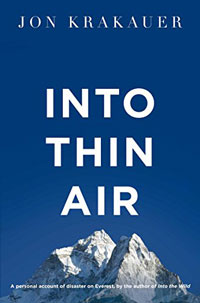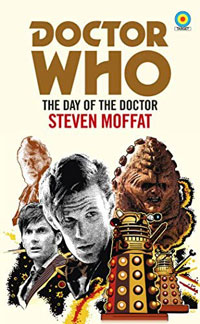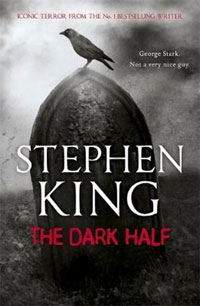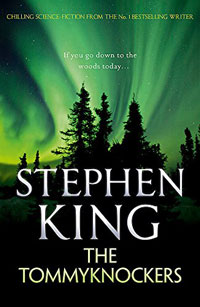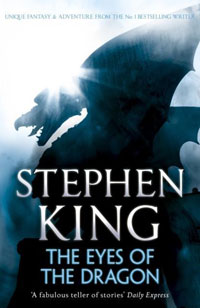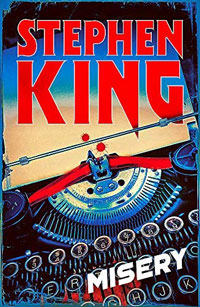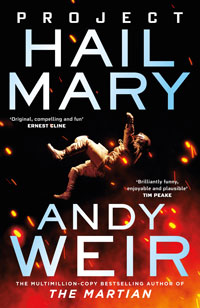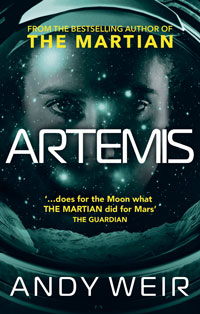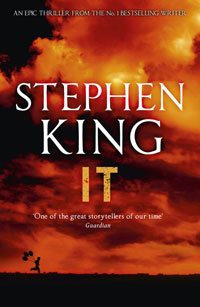June 30 – September 13)
There’s no denying the fact that It is something of a milestone in Stephen King’s career. However, exactly what sort of a milestone it is remains open to debate. I started my reread of It with the clear feeling that this was King’s masterpiece, and I finished it satisfied but with a sense that I’d had to wade through a lot of words for relatively little story.
Coming to It after reading all of King’s previous works in release order feels like a huge leap forward. It is undeniably a King novel, but one unlike any that he’s written before. Well … that’s not exactly true. One of the delights of reading It was picking up the strands of its DNA from King’s previous works. There’s the group of children on a quest from The Body (and, let’s face it, as excellent as it is in its own right, The Body does feel a lot like a test run for It). There’s the small town vibe from Salem’s Lot (and several other novels—but I pick Salem’s Lot specifically because King labelled it as his attempt to write the Great American Novel, a category for which It is surely a contender).
There’s the Great Evil lurking in the underbelly of a small town (not a rabid dog, or a bullied girl with telekinetic powers, or a vampire, or a possessed car this time, but something far more metaphorical, and also far deadlier). There’s the rich sense of nostalgia written out as a series of fictional childhoods that no real person would ever have lived. There’s the history: pages and pages telling us more than we ever needed to know about the town of Derry and its citizens. There’s the Bully (represented by a couple of characters here) who gives us both a counterpoint and a parallel to the more supernatural horrors (“Sure, you’ll never come face to face with an intradimensional horror, but here’s someone a little closer to home that you probably will meet one day!”)
For good measure, we also have several direct throwbacks to earlier works, which is always fun. There are mentions of Shawshank prison. There’s an extended cameo for Dick Halloran from The Shining. There’s even an appearance from Christine (or, at the very least, a car that’s a strong contender for being Christine’s sister).
In so many ways, It is the distillation of everything that King has done before, and a hint that this is the closing chapter in a particular stage of this writing career. However, for all that is great and fun about It, the novel is overshadowed (and undermined) by its ending. There’s no getting away from the fact that the novel spends the best part of a thousand pages building up to a confrontation that … just doesn’t really deliver.
And then there’s that scene.
I’m not actually going to talk about that scene. I’ve been part of the head-scratcher brigade over that scene for decades (“Sure, Stephen, yep; you go right ahead and do you … we’ll be here for the next one.”) However, I recently read something that did such a fantastic job of recontextualising that scene and justifying it that I was able to process it in a completely different light for this reread. So I recommend you go off and read this article … and then come back here.
But back to the climax for now. I didn’t remember the ending of the book particularly well. Like the characters in the novel, I found bits and pieces coming back to me, but the ending remained reliably obscure. I figured this was simply because it wasn’t very memorable and I was keen to revisit it in order to give it a proper re-evaluation.
So how did it go?
Well, the parts leading up to and away from the ending were like reading something for the first time. There’s some terrific narrative structuring; there’s a great and claustrophobic sense of creeping towards a final confrontation as the group stagger through the tunnels beneath Derry. And then, in the end, they pretty much punch a big spider to death.
Yeah, I know it’s a bit of a spoiler there, but I have to tell it for what it is. It’s a let down, and it’s already slipping from my memory. I guess, as with a lot of stories, it’s more about the journey than the destination, and that’s certainly true for It.
The Adaptations
There are two adaptations of It (well, three, I guess … maybe). First off there’s the 1990 miniseries adaptation. A lot of people love this, but I find it fairly hard to watch. I haven’t watched it in a considerable number of years, but I remember it as a perfectly solid retelling that has some highly memorable moments, but it’s simply too TV for me—and if there’s one thing you couldn’t do in the 1990s, it’s make a convincing adaptation of a Stephen King story on network television.
It does have, of course, Tim Curry’s iconic, immortal and unforgettable portrayal of Pennywise to enjoy, something which pretty much forgives every other limitation herein. In fact, just thinking about it sorta makes me want to watch the whole thing again.
There’s also the more recent film adaptation which was released in two parts; in 2017 and 2019. For my money, It: Chapter One is not only a great adaptation, but one of the best horror movies of the last few decades. It’s properly scary, it makes some sensible choices about how to retell the story, and Bill Skarsgard finds a fresh and equally iconic way of playing Pennywise (which, let’s face it, was always going to be one of the major challenges here). Most tellingly, it also feels like a satisfyingly complete film on its own.
Which brings me to It: Chapter Two. Which is probably one of the most disappointing films I’ve ever seen. It was always going to be a challenge: the ‘adult’ section of the novel is mostly about the characters remembering what happens in the ‘child’ section. In other words, once you’ve told the earlier part of the story, there’s not a whole lot left to really power a proper three act narrative. The writers make what, on the surface, seems a fairly smart choice in dealing with this but somehow it doesn’t pay off. Just as the adults spend much of the novel wondering if the magic that helped them prevail the first time around has been lost, so the film demonstrates that sometimes that’s exactly what happens.
The Reading
I’m not gonna lie, I was pretty excited about getting to revisit It. I’ve read the novel at least twice before, and had something of a stalled attempt following the release of the 2017 film. Hence, it was as much about having a second chance to beat the devil as it was about enjoying a much-loved novel all over again.
And I did enjoy it—very much. I spent the best part of three months treading in these characters’ shoes all over again, enjoying moments that I remembered fondly, and rediscovering the bits I’d forgotten.
However, the novel is far from a compelling read. Some of the previous King novels I’ve read in this exercise found me quite reluctant to stop reading. Even the ones that were merely enjoyable, I managed a steady rate of around 50 pages per sitting. With It (and this is partly because the print is that much smaller) I typically managed 30 pages before I decided I’d had enough for the night. Consequently it took me quite a while to get all the way through to the underwhelming conclusion.
I still think this is a great novel, and it has plenty of space to breathe, but I do (sacrilegiously) wonder how it would read if a few hundred words were trimmed away.
The Top Ten
Now that I’ve read eleven Stephen King books, it’s time for one to be culled from the top ten. If you’ve been reading my blog posts this far you may already have a good idea of which one it will be.
So, without further ado, here is the new Revisiting King Top Ten:
- Cujo
- Carrie
- Firestarter
- Different Seasons
- Pet Sematary
- Salem’s Lot
- The Dead Zone
- It
- The Shining
- The Stand
Yep, though I do (much to my surprise) have some fond memories of reading Christine, it’s still the obvious choice to drop off the bottom. I started It convinced that it would end up at the top spot, but it still doesn’t quite match up to The Stand for me. Meanwhile, it occurred to me that if someone asked me at this point to recommend the quintessential Stephen King novel—the one King novel to read if you were never going to read another—then I would probably recommend The Shining. Hence that classic remains in second place above It.
One other change that comes in the wake of reading It is that I’ve decided to bump Salem’s Lot up a few spots. It has its problems, but it’s a better novel than Pet Sematary and I’ve been thinking about it a great deal as I waded through the 1100 pages or so of It.
Coming up next: … well, I’m going to take a short break from Stephen King … but eventually we’ll meet again in the company of a certain number one fan.

